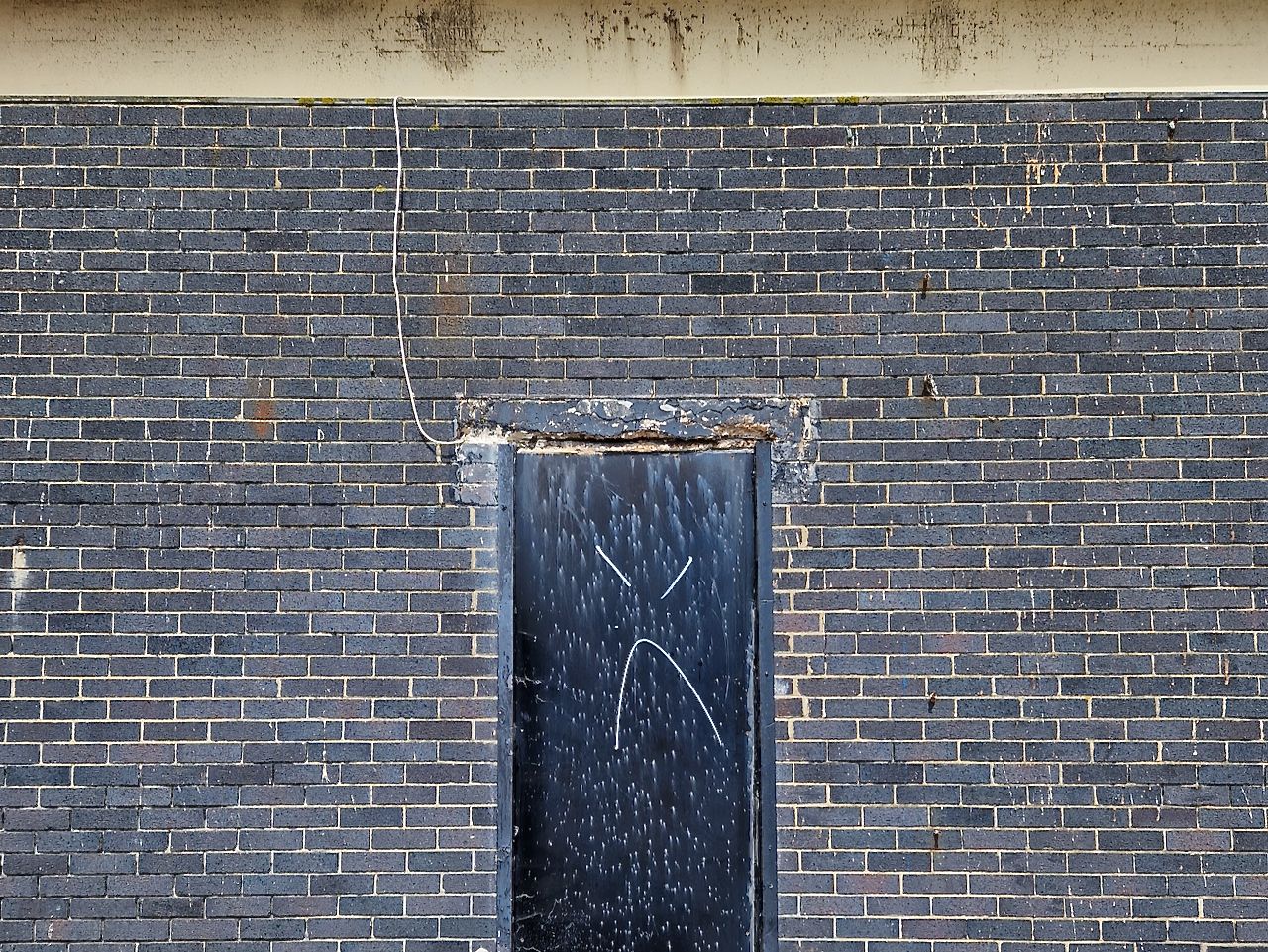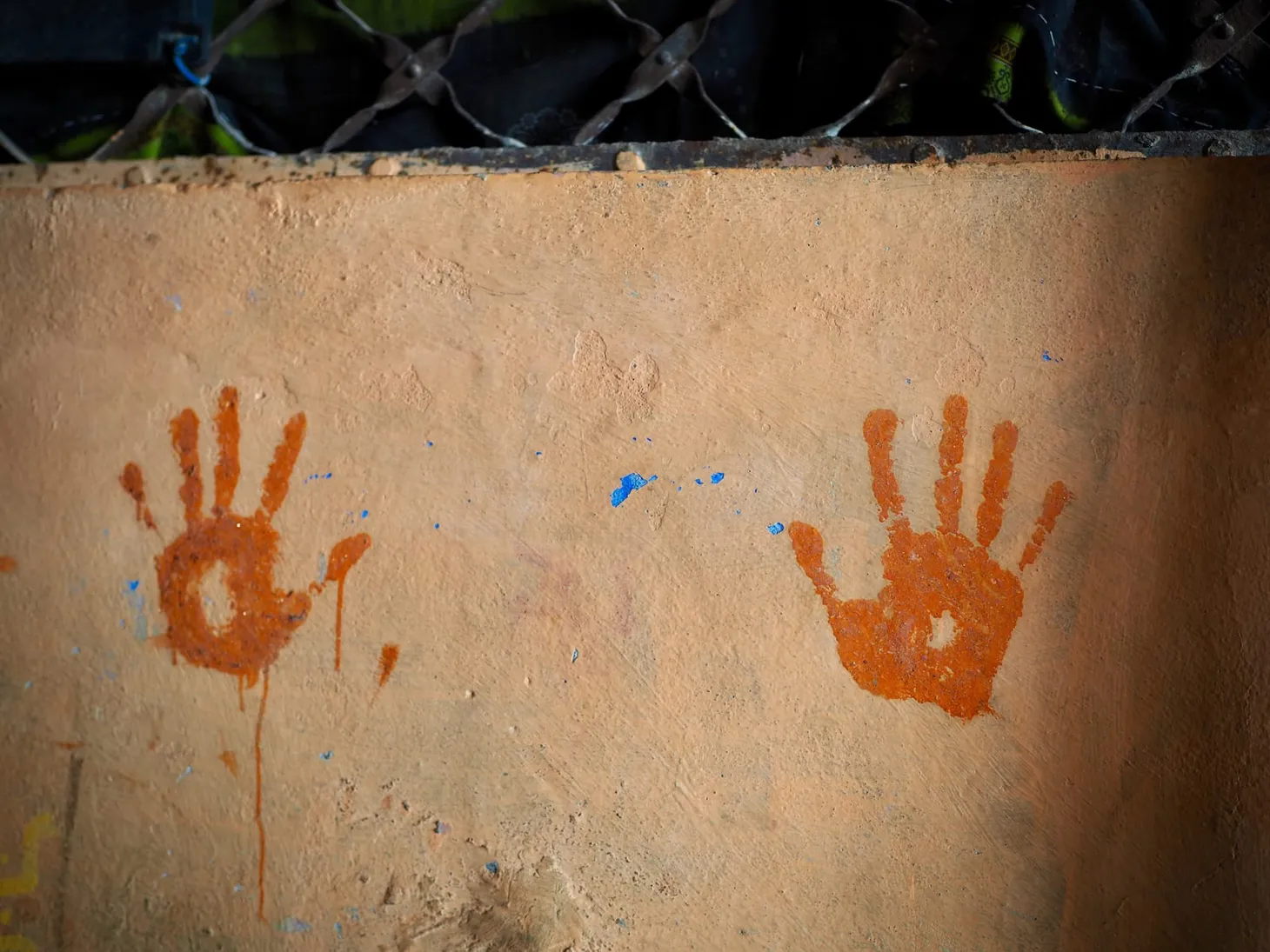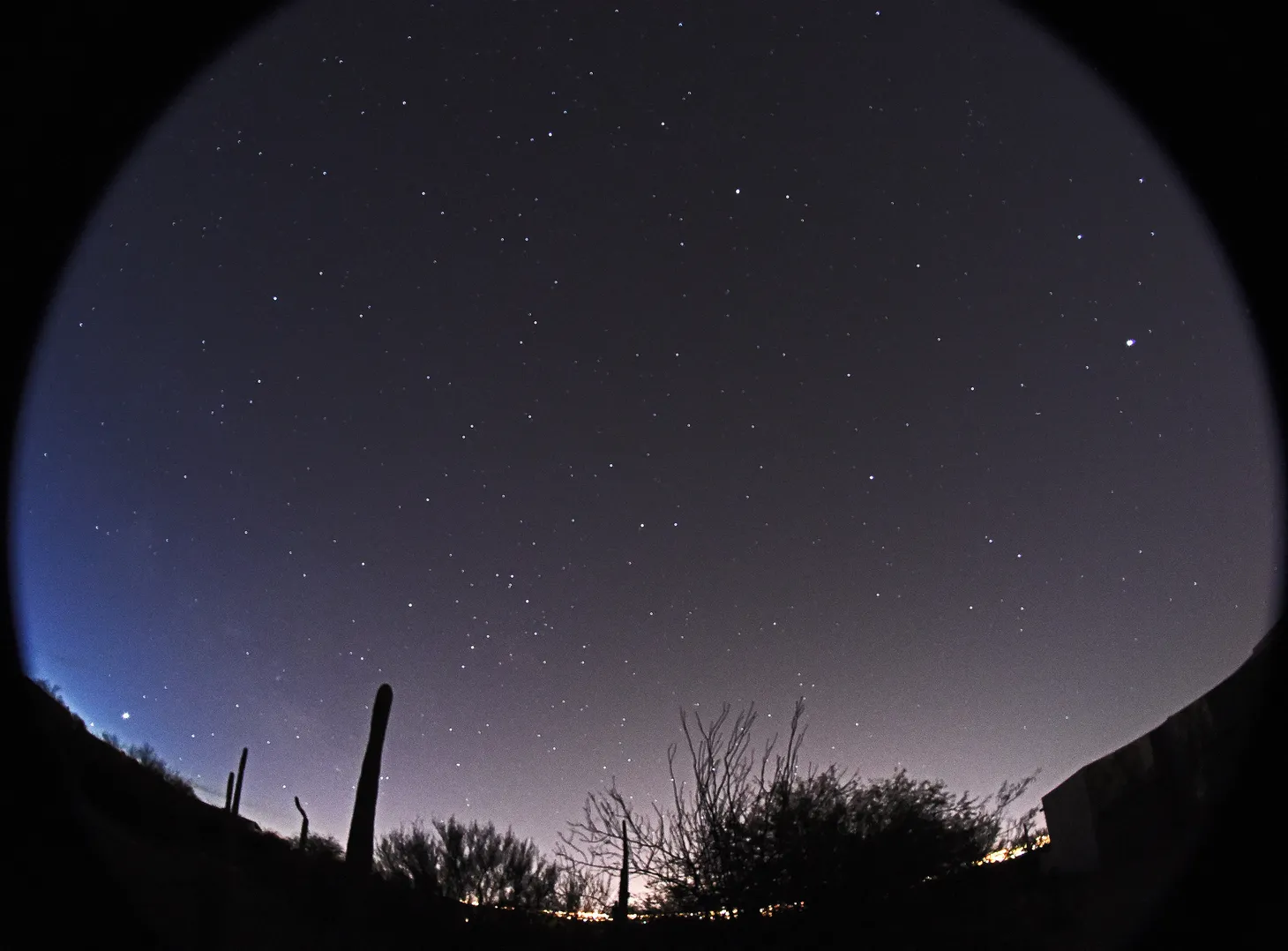Do You See Faces?
Walking the streets in search of face pareidolia can help boost our creativity, and when we spot a face, it can also be a humbling reminder of how our eyes can be nudged and fooled.

Hello Good Lookers,
It's Menka here with Noticing – your monthly nudge from Just Looking to slow down and stay curious about everyday phenomena.
Today, we're exploring face pareidolia: the mind's hunger to see patterns even where they don't exist. But first, a quick update about this labour of love...
60 Experiments in Looking 👀

💌 Thank you, dawn chorus!
I am so thankful to everyone who responded to my announcement last month with a pre-order. You are like the birds of faith in Rabindranath Tagore's poem, singing in the dark just before dawn—I am grateful for your trust.
🌏 Now shipping
We are up and running! I am on a first-name basis with the whole family that runs my local post office, and have learnt a thing or two about tax codes and EU customs (🤯). Can't believe we've sent these packs out to 12 countries already!
🎁 Gifts – order before 10 Dec
If you're getting this pack as an inspiring, unusual gift for someone, let me know so we can wrap it for you (no extra cost). There is also an early bird discount code. Just place your order before 10 Dec, because the shop will be closed over the holidays! Shipping starts again on 6 Jan.
Noticing Face Pareidolia
When you think of prehistoric humankind, sabre-toothed tigers and clever stone tools probably come to mind. But what about this?

This is the famous Makapansgat pebble, a 260-gram jasperite cobble. It was discovered inside a 2.5-million-year-old rock shelter, in the possession of an early human-like female—a member of the species Australopithecus africanus. It doesn't appear to be useful as a tool, and yet it was found more than three miles away from the nearest possible natural source, most likely a stream bed.
The question is, why?
The leading theory is that the natural wear and chipping on the pebble create the crude impression of a face, which might explain why it caught someone's attention. Imagine an ancient person spotting a face-like pattern in the shallow water. Then they realise it's just a pebble and decide to pick it up, carry it home, and treasure it.

This feels highly relatable to me. Who doesn't love a good pebble? Just yesterday, I overheard my son and his friend comparing their prized rocks. One saw a lion’s face in his; the other claimed his looked like a hippo-shaped cloud (meta, I know). Naturally, these treasures later turned up in my house, carefully stashed away in a box for safekeeping and further admiration.
When we collect pebbles, we unwittingly pay homage to an art form known as "manuport," meaning "taken by hand." Long before Marcel Duchamp started placing urinals and wheels in art galleries, our distant humanoid relatives were placing striking stones in their caves.

Seeing faces in pebbles – or any inanimate object – is a phenomenon known as "face pareidolia". It is part of a broader human tendency to find patterns in randomness. When it comes to looking for faces, it seems like an innate bias. Even newborns, just hours old, prefer gazing at face-like stimuli over random patterns!
Our brains are impressively quick, too. We can detect and start processing a face within 170 milliseconds – faster than the recognition of most objects, which takes around 200 to 300 milliseconds, depending on complexity and familiarity. This hypersensitivity has a downside: it can lead to false positives, like spotting a friendly face on a plug socket. But it's usually harmless and much safer than missing a face, which is why we likely evolved this sensitivity in the first place.

As with most human capacities, we will each experience it to different degrees, and it can also be developed with practice. The more you look for faces, the more you'll see them! Several scientific studies have found a link between creativity and pareidolia – which makes sense, as both are based on divergent thinking.
Creativity is about tolerating, and making use of, ambiguity. The world is continually presenting us with images and experiences that are indeterminate, that don’t have a definitive meaning or explanation. Creative people seem to be able to linger longer in this space of indeterminacy, not rushing to assign a label or a conclusion, taking enough time to see all of what might be there.
- Annie Murphy Paul, Greater Good Magazine

The phenomenon of face pareidolia is also a humbling reminder of how seamlessly our perception is nudged and fooled. We are so innately biased to make connections and see patterns that we can easily find them even when they aren't there. These biases fundamentally shape how we perceive, understand, and respond to the world, which underpins some of the biggest societal challenges we face today.
Let's say, for example, if you grow up on a news and media diet that leaves you with the impression that Black men are more likely to commit crimes, then you will selectively notice, remember, or misinterpret what you see to fit that narrative, even when evidence contradicts it. This is no longer just a human foible; these false conclusions are amplified by algorithms trained on data that contain our societal biases. (For more, check out the work of the Algorithmic Justice League.)
So the next time you see a wry smile in the clouds or a frown on a door, think about the Makansgat pebble, and remember just how human this simple act of creativity is. Your brain has evolved to notice patterns, and sometimes, it just can't help itself. A good reason to take a bit more time with ourselves.

Experiment with Seeing Faces
On your next walk – putting the rubbish out, walking to the bus stop, or anywhere – it doesn't have to be a walk walk - look out for faces peering out at you from inanimate places.

I would love for you to send me a photo! It will, no doubt, make my day. Reply to this email, or if you're on Instagram, feel free to tag us at @wearejustlooking.
Community News
The wonderful Sophie Howarth is once again offering her free Advent emails, Lighting The Dark - I recommend signing up here for a daily candle of hope. Yesterday, she shared this moving poem and image:
A Reminder From Smaller Beings
The bird building her home on your windowsill
has had every nest destroyed before.
The spider that is delicately weaving a silken masterpiece
has had every single thread broken before.
And despite it all,
they try again.
- Nikita Gill

Five Links about Looking
Tech hegemony has produced cultural hegemony [Watch: 5 min]
This brilliant piece by New York Times documentary maker Kirby Ferguson reminds us to go beyond our algorithmically curated echo chambers in order to diversify what we pay attention to. (Thanks to Sam Furness for flagging this video).
Stopping to Notice with Miranda Keeling [Listen: 5 min]
Many of you may have Miranda's book The Year I Stopped to Notice. If not, it's such a lovely one to read and to gift. But did you know she also has a podcast? One that has won awards and is wonderful, and you can listen to it here. This link takes you to a special 200th episode in which listeners sent in their own observations.
"Do you know the hornero bird?" [Read]
Pepe Mujica, the ex-president of Uruguay, is also a noticer! In this interview, he shares:
"When I’m in the field working with the tractor, sometimes I stop to see how a little bird constructs its nest. He was born with the program. He’s already an architect. Nobody taught him. Do you know the hornero bird? They are perfect bricklayers."
Watching the night sky with children [Read]
Some great tips, as well as book and podcast recommendations.
Always another, lesser-known perspective [See]
I really enjoyed this Thread by Emmanuel Etika exploring iconic scenes from a different perspective. Here we have the back panel of Leonardo Da Vinci's Mona Lisa, and the backside of Tutakhamun's burial mask.

Wishing you all well over the holidays. If you are finding it all too much, remember that the merry-making pressure is mostly just imagined-future nostalgia!
See you again in January.
With curiosity,
Menka
Instagram | LinkedIn | Threads
→ Share this newsletter.
→ Check out our shop.
→ Join the Friends of Just Looking!

Noticing – Our Newsletter
Join our newsletter community for monthly inspiration to slow down and stay curious about everyday life and what matters most to you.




